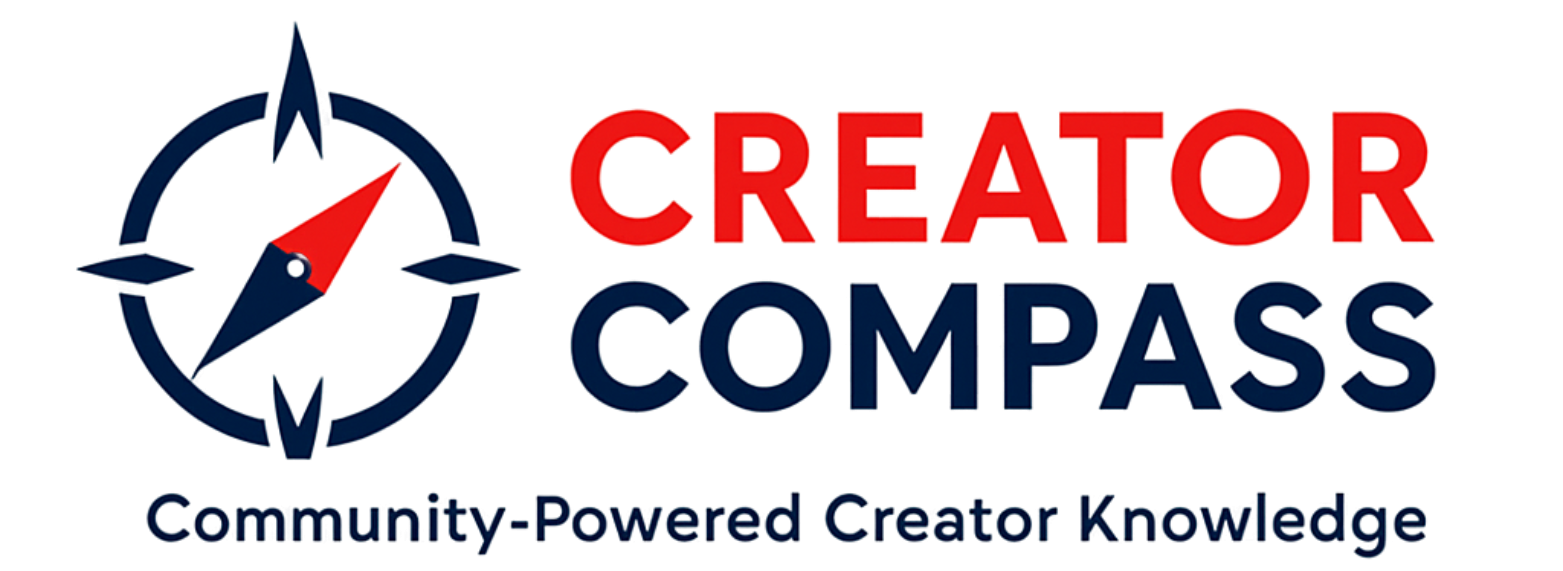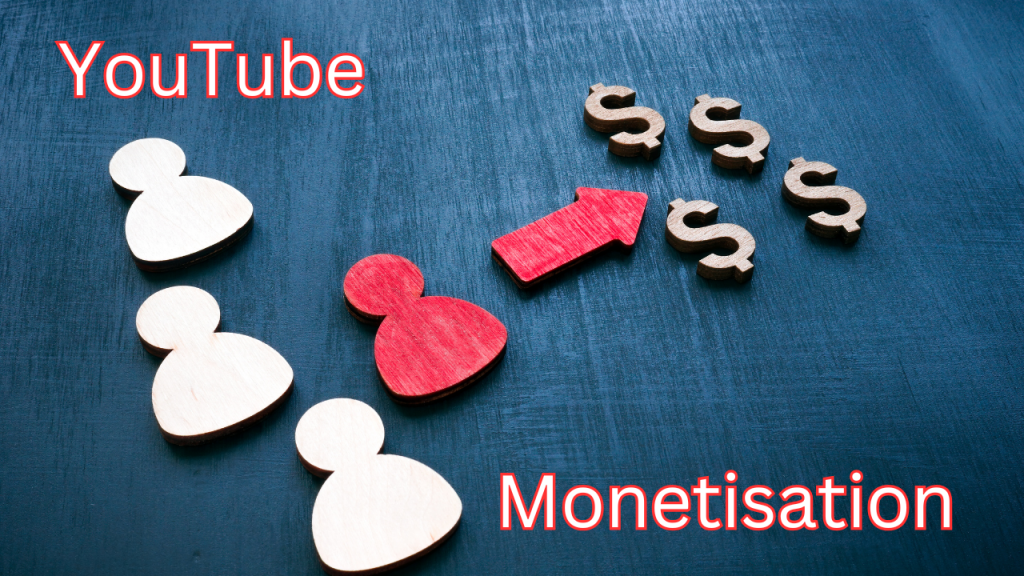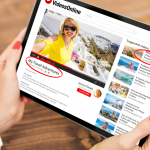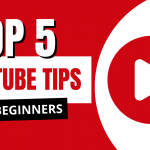YouTube Monetisation: How to Earn and Grow Your Channel Sustainably
Monetising your YouTube channel is a major milestone, but with recent changes to the requirements to start your earning journey on YouTube, there’s more to it than just turning on ads. In this article, we’ll break down the key stages of monetisation, best practices for growing sustainable revenue, and essential guidelines to ensure you stay within YouTube’s community guidelines.
Stage 1: Unlocking Memberships & Super Chats
Before reaching full monetisation, creators can gain access to revenue-generating features such as Channel Memberships, Super Chats, and Super Stickers. These features allow your audience to support you directly, providing a more stable income stream than ad revenue alone. To become eligible, you will need:
- 500 Subscribers
- 3000 public watch hours (or 3 million views in 90 days for YouTube Shorts)
Setting Up Memberships
Once eligible, you can offer paid memberships where subscribers pay a monthly fee to access exclusive perks such as:
- Custom badges and emojis
- Exclusive members-only videos or live streams
- Behind-the-scenes content
- Early access to new videos
- Shout-outs or personalised interactions
The key to sustainable memberships is creating repeatable, scalable value that keeps members engaged long-term. Ask yourself: What content can I consistently provide that people would happily pay for every month?
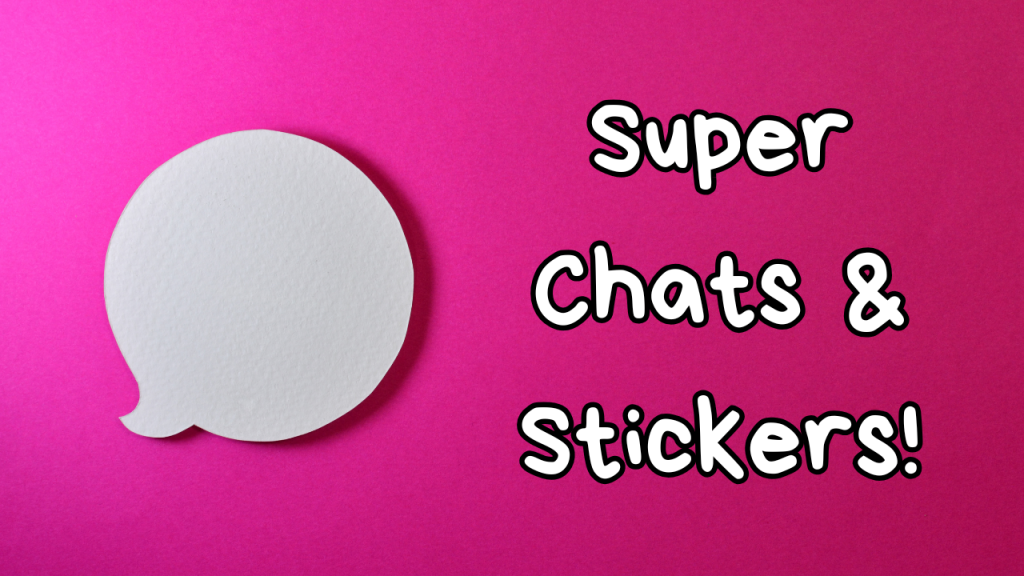
Super Chats & Super Stickers
During live streams, viewers can purchase Super Chats to highlight their messages, making them stand out in the chat. This is a great way to increase revenue while fostering stronger audience engagement.
Stage 2: Full Monetisation & Ad Revenue
The YouTube Partner Program (YPP) is the gateway to full monetisation, allowing you to earn through ad revenue. To qualify, you need:
- 1,000 subscribers
- 4,000 watch hours in the past 12 months OR 10 million Shorts views in the last 90 days
- Compliance with YouTube’s monetisation policies
How to Increase Watch Hours
Growing watch hours is often the biggest challenge. Here are some strategies to help:
- Create binge-worthy content: Playlists and series encourage viewers to watch multiple videos in one sitting.
- Optimise video retention: Use strong hooks, engaging storytelling, and pattern interruptions to keep viewers watching.
- Go live: Live streams typically generate more watch time as they keep audiences engaged for longer periods.
- Leverage Shorts: While Shorts watch time doesn’t count toward monetisation, they can help grow your audience, leading to higher engagement on long-form videos.
Applying for the YouTube Partner Program
Once you meet the eligibility criteria, you can apply for YPP via YouTube Studio. The process involves:
- Agreeing to YouTube’s terms
- Setting up an AdSense account
- Undergoing a channel review, where YouTube checks if your content complies with monetisation policies
- Approval typically takes a few weeks, but some applications are reviewed faster!
Community Guidelines & Monetisation Rules
Not all content is eligible for monetisation. Here’s what you need to watch out for:
What Can Be Monetised?
- Original content that provides value – you won’t be able to monetise somebody else content!
- Family-friendly and advertiser-friendly videos
- Engaging, high-quality content that aligns with YouTube’s policies
What Can Cause Monetisation Issues?
- Copyrighted Material: Using unlicensed music, clips, or images can demonetise a video or even lead to channel strikes. Always use royalty-free or properly licensed media.
- Reused Content: If you’re simply re-uploading content without adding significant originality, you risk losing monetisation.
- Policy Violations: Content that includes excessive profanity, violence, misinformation, or controversial topics may not be advertiser-friendly.
Getting Paid: What to Expect in Your First Month
Once monetised, earnings come from multiple sources:
- Ad Revenue (based on CPM – cost per thousand impressions)
- Membership Fees
- Super Chats & Stickers
- Affiliate & Sponsored Content (if applicable)
Payment Thresholds & Earnings Estimates
- YouTube pays through Google AdSense, which has a minimum payout threshold of $100/£60 UK.
- With 1,000 subscribers and a modest audience, first-month earnings can vary widely. A typical estimate:
- $50–$200 from ad revenue (depending on CPM)
- $20–$100 from memberships (if you promote them well)
- Additional earnings from Super Chats, affiliate marketing, or sponsors
Important: Earnings are not instant! YouTube pays on a monthly cycle, usually between the 21st–26th of each month for the previous month’s revenue.
Next Steps: Keep Growing Your Channel!
Monetisation is just the beginning. To maximise earnings and channel growth, check out our other articles:
- How to Write Click-Worthy YouTube Titles
- Improving Audience Retention & Watch Time
- Essential YouTube SEO Tips
At Creator Compass, we’re here to help you navigate every step of your YouTube journey. Join our community for free insights, tools, and support as you grow and monetize your channel!
